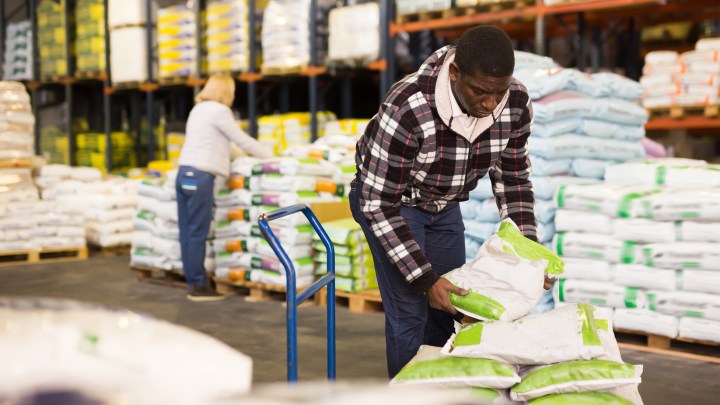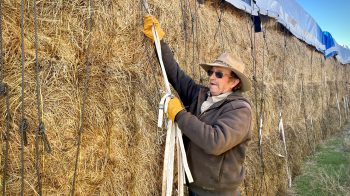
Farmers face rising fertilizer prices and supply constraints
Farmers face rising fertilizer prices and supply constraints

In this economy, it seems like nothing is escaping inflation. Take natural gas.
And those rising natural gas prices are pushing up the price of something farmers think about a lot: fertilizer. When the cost of an agricultural input like fertilizer goes up, farmers feel it.
This time last year, Brian Hora was paying about $500 for a ton of nitrogen-based fertilizers for growing his corn. “And now it is about $1250,” said Hora, who farms in Washington County, Iowa. His family’s been working land there for seven generations; he understands that fertilizer costs fluctuate.
“There’s definitely peaks and valleys, and we’re extremely high right now. I mean, to go from where we were a year ago to this level is unprecedented,” Hora said.
This agricultural input is more expensive because of an input for the input, said Sam Taylor, who researches farm inputs at RaboBank and produces its semi-annual Global Fertilizer Outlook.
“Natural gas accounts for anywhere between 70% to 90% of the operating costs,” Taylor said. That’s the operating costs of producing nitrogen. Natural gas is a key ingredient in that process, and natural gas prices are at historic highs.
There’s also — you guessed it — supply chain snags with fertilizers. “At the shortest, the supply chain is six to eight weeks out. At the longest, you’re looking at two to three years out,” said Shelby Myers, an economist with the American Farm Bureau Federation.
Just finding truck drivers to get fertilizer to retailers and then to farms is a battle. Hora said he’d hoped these fertilizer supply chain issues would have been ironed out already.
“And that never happened,” he said.
For now, he has one strategy for dealing with rising prices and limited supply: He’s looking at ways to reduce the amount of traditional fertilizers he uses to grow his corn and soybeans — without compromising yield.
There’s a lot happening in the world. Through it all, Marketplace is here for you.
You rely on Marketplace to break down the world’s events and tell you how it affects you in a fact-based, approachable way. We rely on your financial support to keep making that possible.
Your donation today powers the independent journalism that you rely on. For just $5/month, you can help sustain Marketplace so we can keep reporting on the things that matter to you.

















